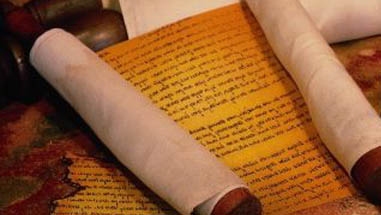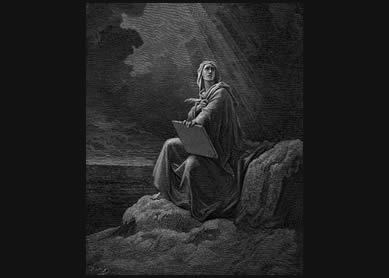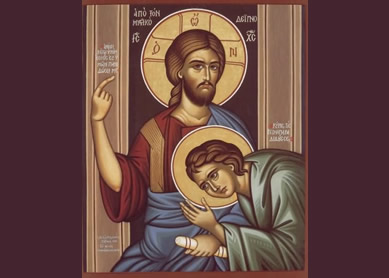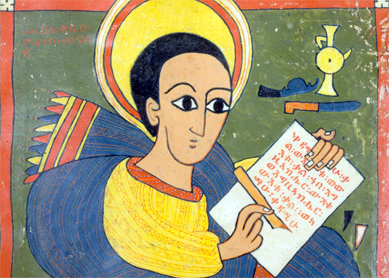Q. Could Matthew and John have been written by someone close to the inner 12 or one of the eyewitnesses of Jesus’ life?
A. First, it is important to remember that the Gospels are anonymous and most would agree that the early church assigned the titles and not the original writers. Like many critical questions in scholarship, the answer depends on whom you ask. Some scholars argue for eyewitness testimony behind Matthew and John, while others exclude eyewitnesses—the difference riding on earlier vs. later dates of composition, respectively. One should also note recent studies on memory which suggest that even stories told by eyewitnesses may suffer from the vagaries of human memory.
Some scholars argue that the Gospels circulated anonymously for fewer than fifty years, allowing for reports by those with a living memory of Jesus. This view, while argued very strongly by some is not without its problems: one is that simply because the titles are early does not exclude pseudonymity (false claims of authorship); a second problem has to do with the Greek term often translated “according to.” This term (the Greek word “kata”) can mean “according to” but can have other meanings as well. For example, it can also mean “in conformity with” (see
Some historians and scholars see historical indications that the Gospels of Matthew and John were written by an eyewitness. For example, the very early testimony of Papias, a bishop of Hierapolis in Asia Minor (whose works have not survived and so we read them via the paraphrases of the early church historian Eusebius) seems to indicate that Matthew’s gospel was written by the one-time tax collector (
As for John’s gospel, again we have early attribution by Polycarp (martyred as a bishop in 156) who was reported (again by Eusebius and even earlier by Irenaeus) to have known John. By the end of the second century virtually the entire church accepted the Johannine authorship of the book. Add this to the fact that John the apostle is not mentioned in the book (so the argument is that John avoids using his own name) and some see the evidence as very strongly favoring the apostle as author. However many scholars today do not agree with this conclusion.
In short, Matthew and John may have been written by an eyewitness, but the evidence (and the interpretation of the evidence) is divided.
Bibliography
- Carson, D.A. and Douglas Moo. An Introduction to the New Testament 2nd Ed. (Zondervan, 2005).
- Allison, Dale C. Constructing Jesus: Memory, Imagination, and History (Baker, 2010).
- Ehrman, Bart. The New Testament: A Historical Introduction to the Early Christian Writings. 3rd ed. Oxford: Oxford University Press, 2004.





